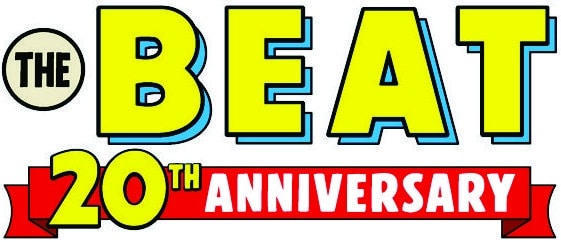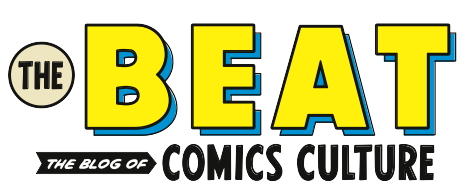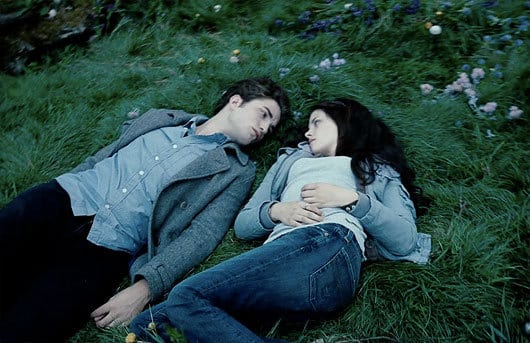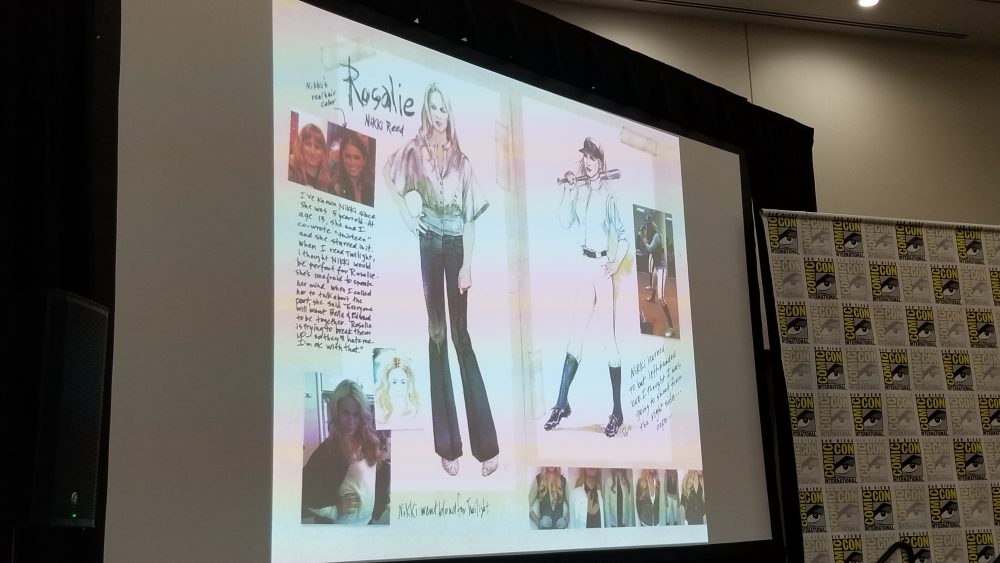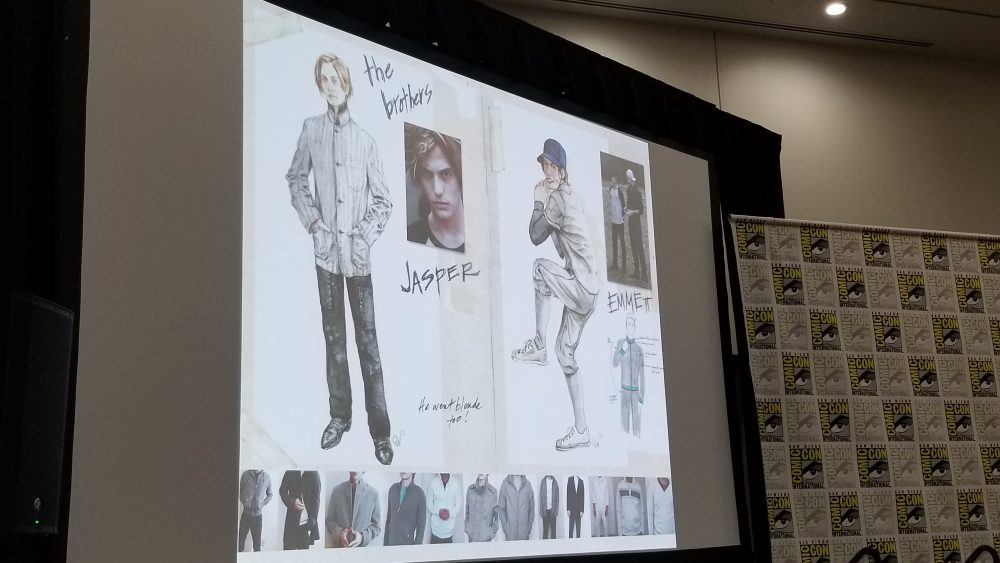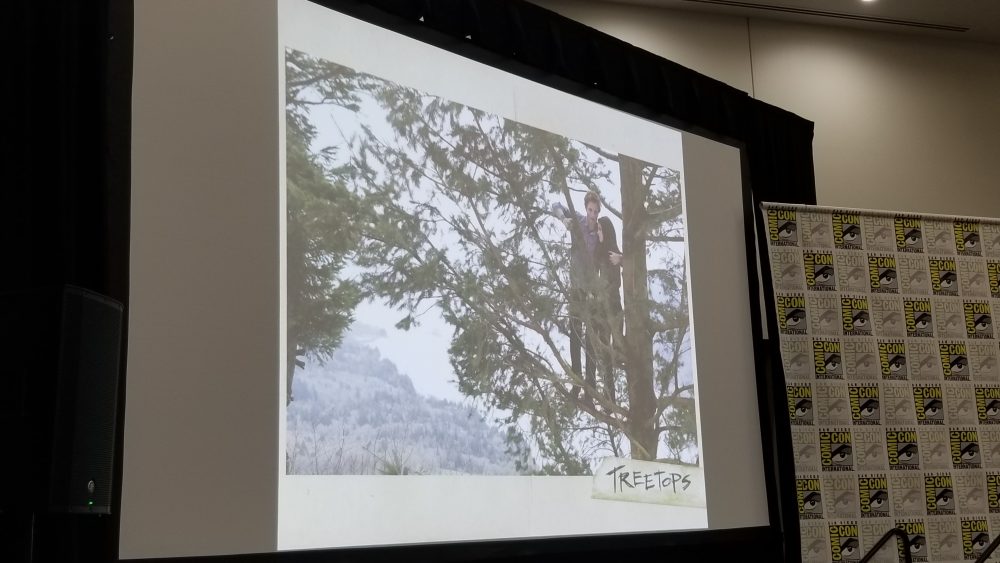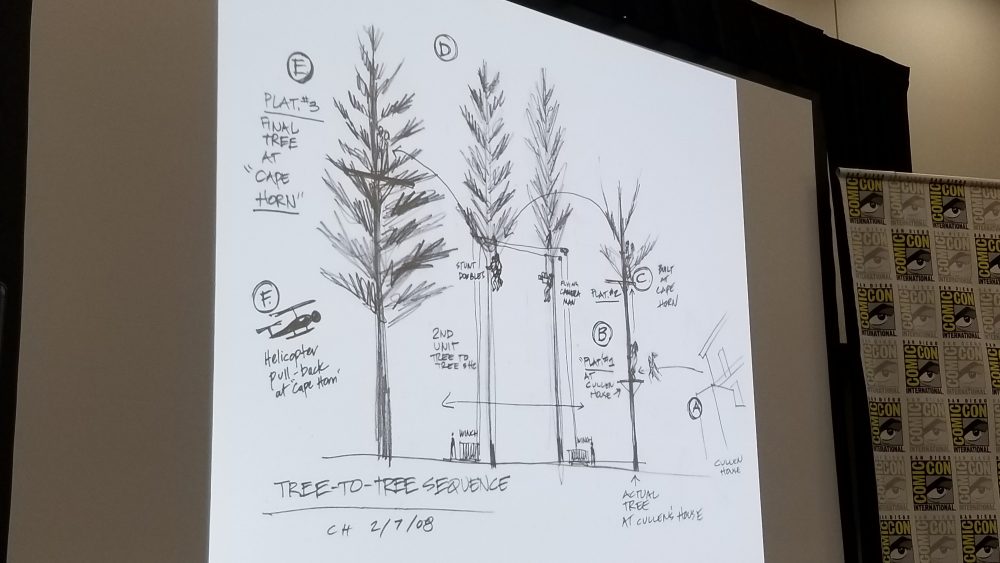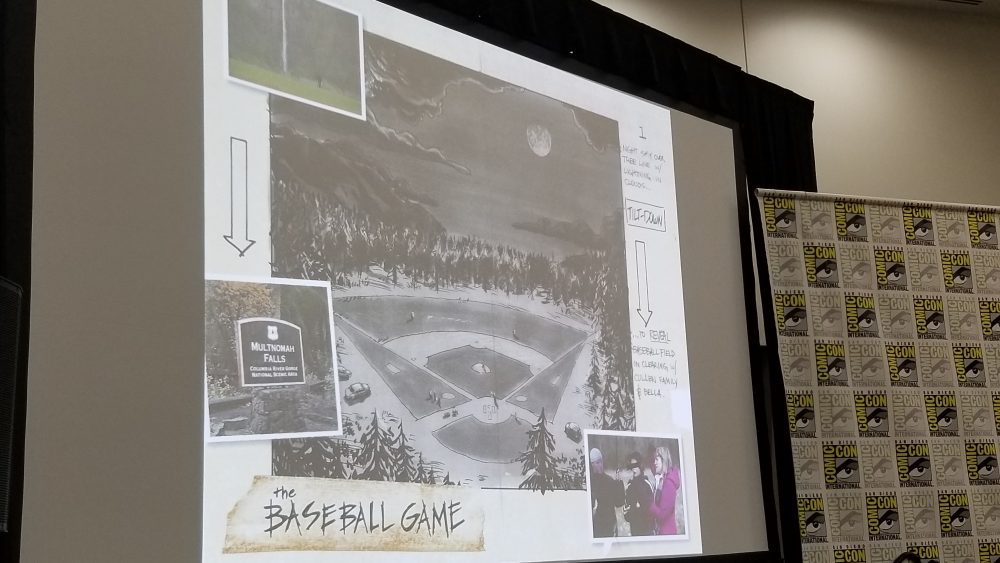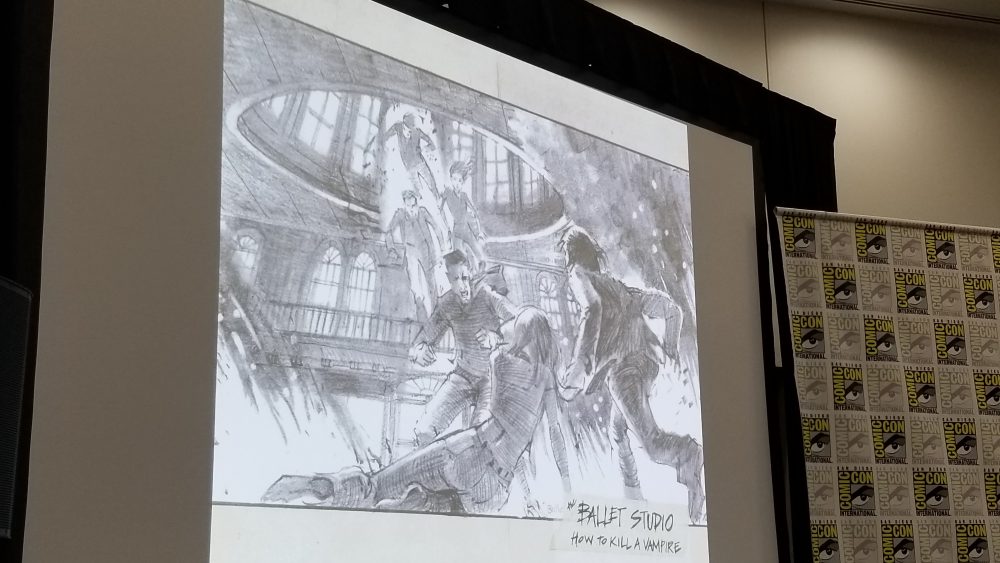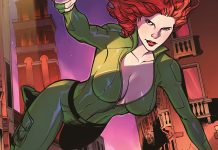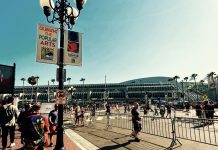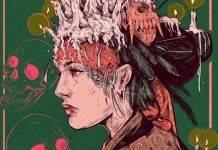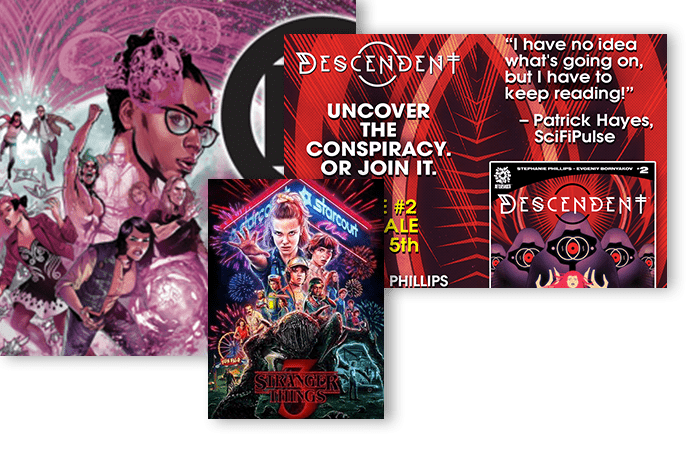by Gabriel Neeb
Years after the TWILIGHT films had their last official panel at the San Diego Comic Convention, Catherine Hardwicke, director of the first film in the series, returned to Room 28DE Thursday night to spin stories related to the making of the seminal cultural monument (at the time [2008], TWILIGHT was the highest grossing live-action film directed by a woman). Moderated by Matt Ryan, Catherine Hardwicke was greeted by an enthusiastic audience of fans upon her entrance.
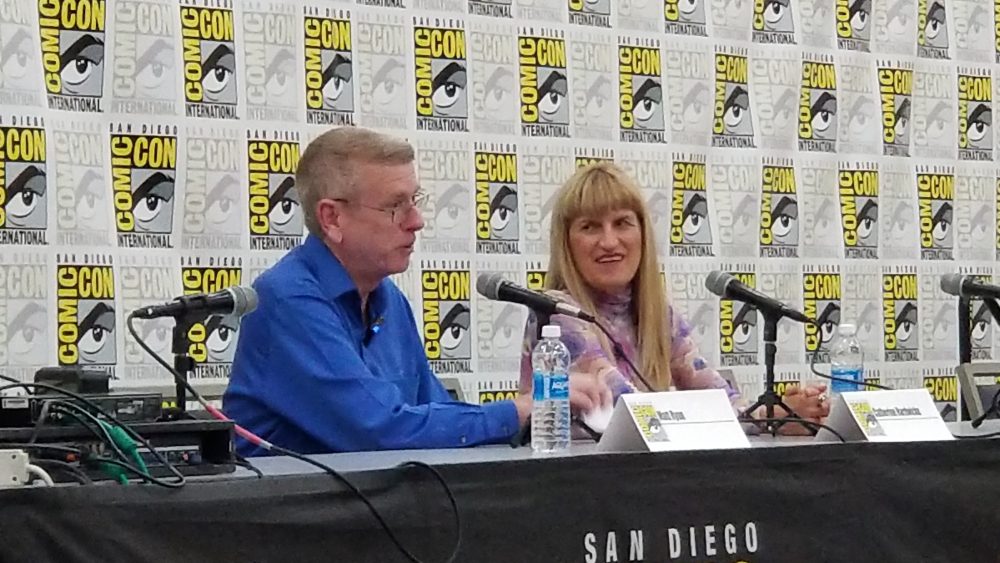
Ryan began the panel by asking Hardwicke how she got involved with the film. How it started with a meeting at the Sundance Film Festival with Summit studios. They gave her five scripts… that were terrible. She threw them all away. She later realized one of them was based on the Stephenie Meyer book and gave it another look and it was still… terrible. It had the main character Bella, as a track star, involved jet skis, and a chase by the FBI.
Hardwicke soon met with Summit and told them they missed the point of the story: TWILIGHT was a story of ecstatic love which the current script didn’t have. She wanted to get closer to some of the story’s intrinsic elements like the Pacific Northwest settings (Forks, WA) and to show “these wild creatures in the Wild.”
Summit agreed based on this meeting and pre-production began. Specifically, casting. The first key role to be cast was Bella and Hardwicke favored Kristen Stewart as she had seen Stewart in a brief role in Sean Penn’s film INTO THE WILD and liked the “look” of Stewart. In a strange twist, Penn had cast actor Emile Hirsch in INTO THE WILD before Hardwicke had a chance to cast Hirsch in her film LORDS OF DOGTOWN. Casting Stewart was a way to “steal” her away from Penn, they admitted.
Next to cast was the role of Edward. She eventually found actor Robert Pattinson after going through selections of actors that “looked like the coolest actors in your high school.” The choices came down to four choices Hardwicke presented to Stewart before settling on Pattinson. With him, there was an “electricity in the air.” The only concern being that Pattinson wasn’t quite the physical type needed and he was required to begin a workout regime… which he’d never done before. Fortunately he found it pleasurable and he soon transformed into the physique he’d become famous for. Hardwicke also spoke highly of the other actors, specifically Billy Burke (Bella’s dad “He’s very rock n’ roll.”).
Matt asked about Bella’s interaction with some of the actors playing her high school friends. Catherine Hardwicke responded that this came out of having lots of actors auditioning at the same time and that the end result was a lively and fun vibe on set.
A key part of the movie, and TWILIGHT saga, was the Home of the Cullens (Edward’s family). It needed to be a cool location, be aesthetically good looking, and be near trees. The end result was a real location that even featured one door that opened to… nothing (years later a balcony would be added, but it wasn’t there in 2007/8 during production).
Hardwicke then presented an extensive number of slides with production notes on many of the characters while discussing various costume and other creative choices.
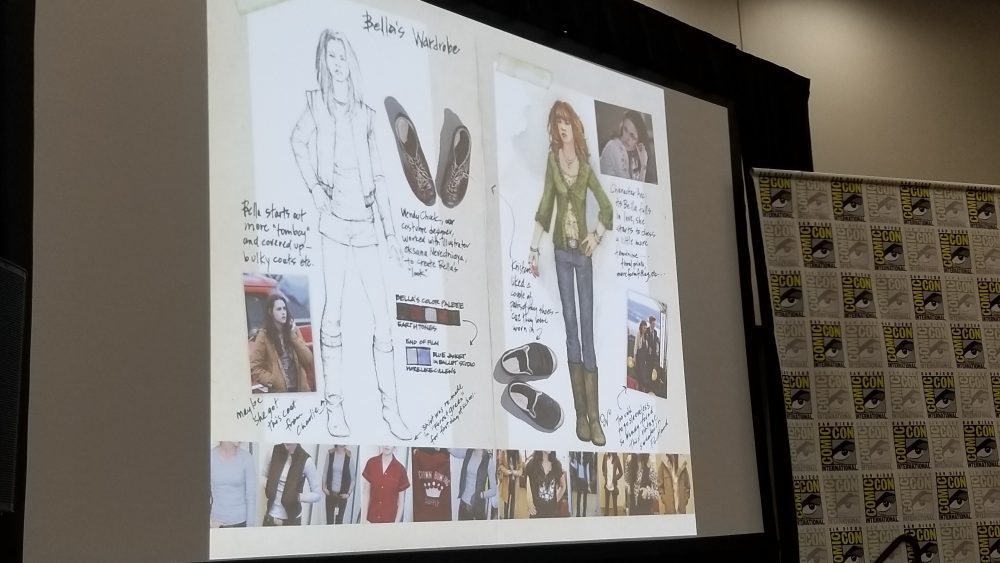
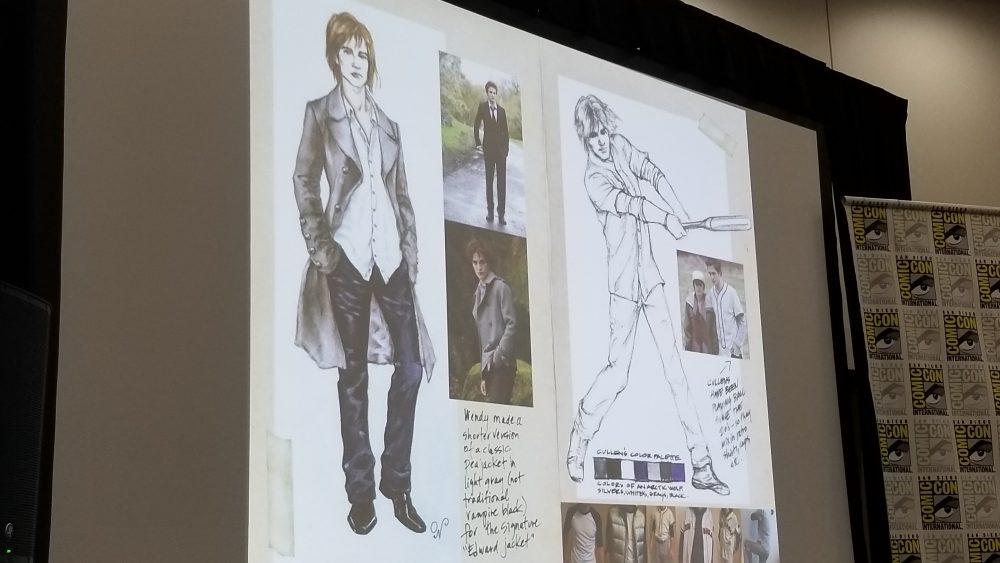
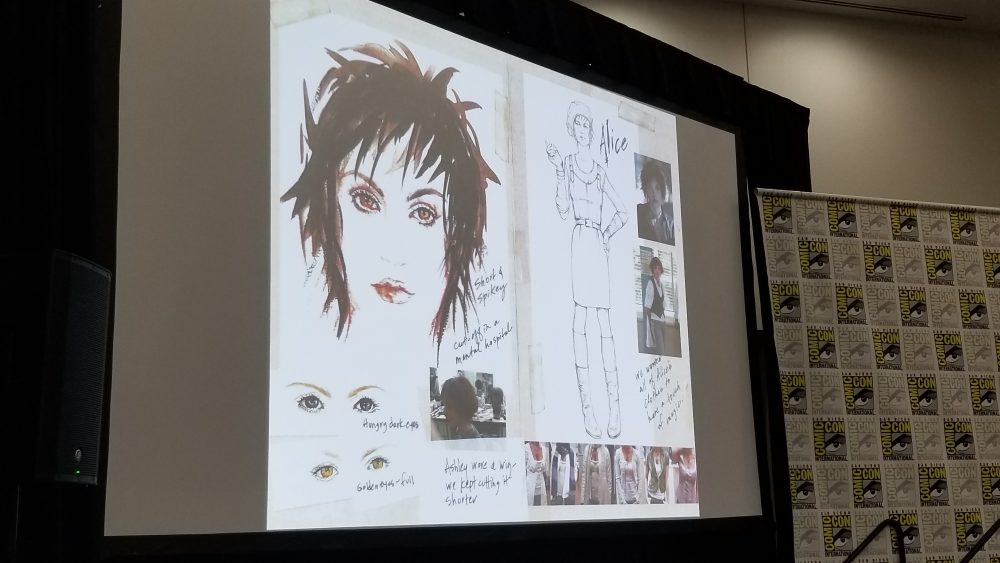
For the Cullens, family members Alice and Rosalie (Ashley Greene and Nikki Reed), Hardwicke wanted the color palette of an Arctic Wolf. The movie itself would avoid bright colors like red or orange in an effort to maintain a confined palette that would make the film special.
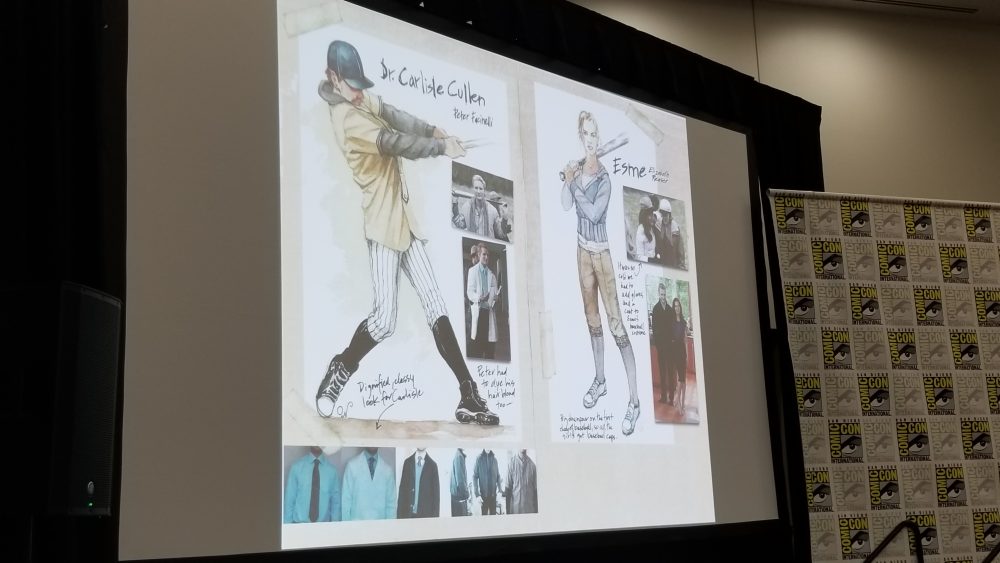
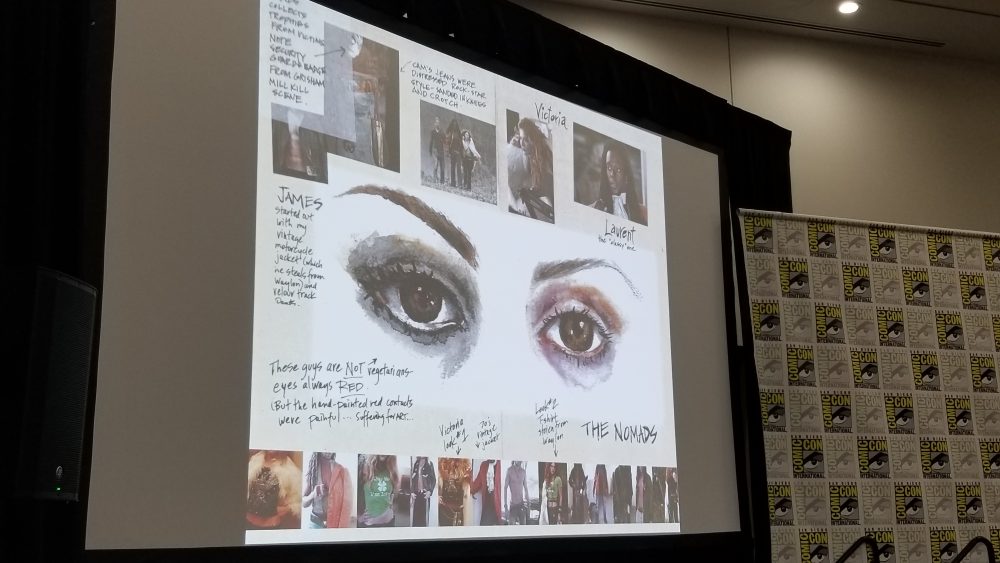
Hardwicke also displayed assorted notes from the production highlighting notable events of the film like the accident that introduces Edward to Bella
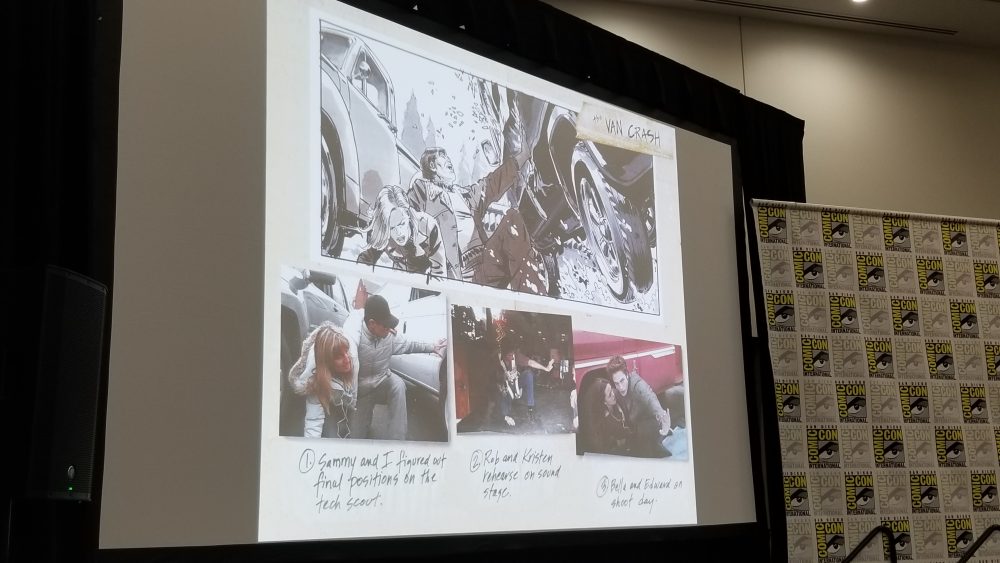
She spent a few minutes on how because film is a visual medium, it was important to show things Bella was experiencing. Namely, Catherine Hardwicke wanted to give the feeling of being in love with a supernatural creature. Therefore, the “treetops” sequence was created.
Filmed on the Columbia River Gorge, the sequence was done with few greenscreens and visual FX. During the panel, Hardwicke and Matt attempted to show the sequence… but the sound didn’t work. The audience didn’t mind and they managed to speak aloud every line that should have been heard. Especially the immortal line, “Hang on, Spider Monkey.”
Then Hardwicke shared material related to the craziest thing in TWILIGHT: vampire baseball.
Most of the cast was unfamiliar with playing a game of baseball, and a “baseball camp” was required. (Hardwicke also wanted a “vampire camp” but that would have been, well, bloody.) First requirement was to find a bitchin’ location which the production did in Multnomah Falls. Then, to make the whole thing really interesting, compression shots and slow motion shots were used along with as many in-camera tricks to add an “out there” sensibility to the sequence. Again, as TWILIGHT wasn’t a high-budget production that could afford extensive visual effects, certain problems could arise.
A “typical day” could involve waiting for cloud cover: the “sparkly” effect of TWILIGHT Vampires in daylight could have proved to be ruinously expensive. Then something else would happen… as seen below:
Once again, Hardwicke played a clip from the vampire baseball sequence, without sound… and the audience filled in effects and dialogue. Catherine responded, “You guys are so awesome!”
Hardwicke finished up the hour with scenes from the climactic fight scene in the ballet studio which proved difficult as… this place was a big room with mirrors on every wall. A detailed shot list was required to make sure no filmmaking equipment appeared in shots.

A final video short of the climax’s rehearsal footage was shown, no sound, and the audience again provided its own soundtrack. The absolute last story was about a song Edward writes and plays for Bella, “Bella’s Lullaby.” Here, Pattinson’s musical talent came into play and this enhanced the filming of the sequence.
The song itself was written by the film’s composer, Carter Burwell (a favorite of the Coen Brothers), as a way to lure back an ex-girlfriend… who eventually became his wife. Burwell was happy to incorporate it into the production. At this time, Matt reminded everyone that he was still the moderator and regretfully ended the night.
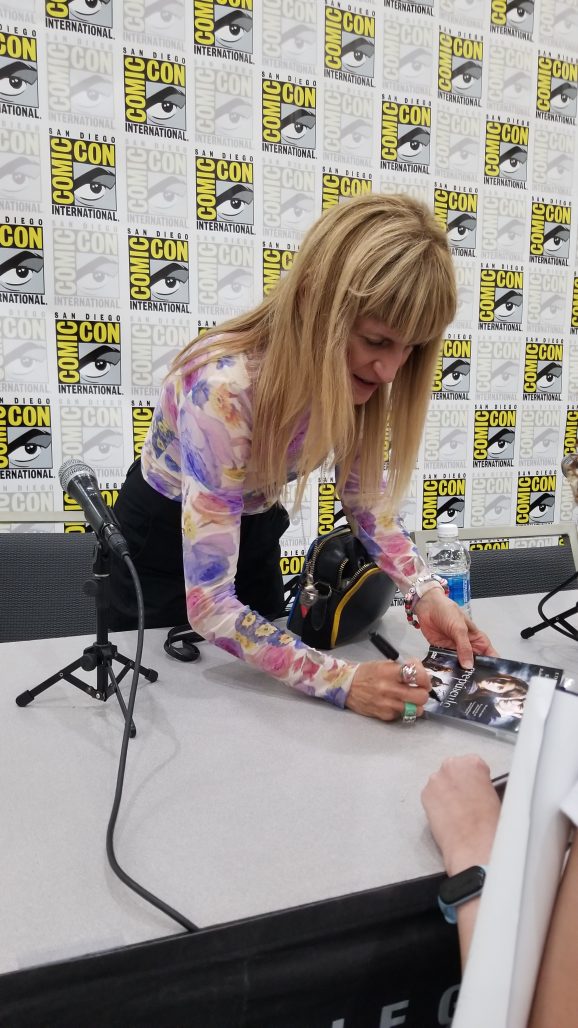
Miss any of our earlier SDCC ’24 coverage? Find it all here!
